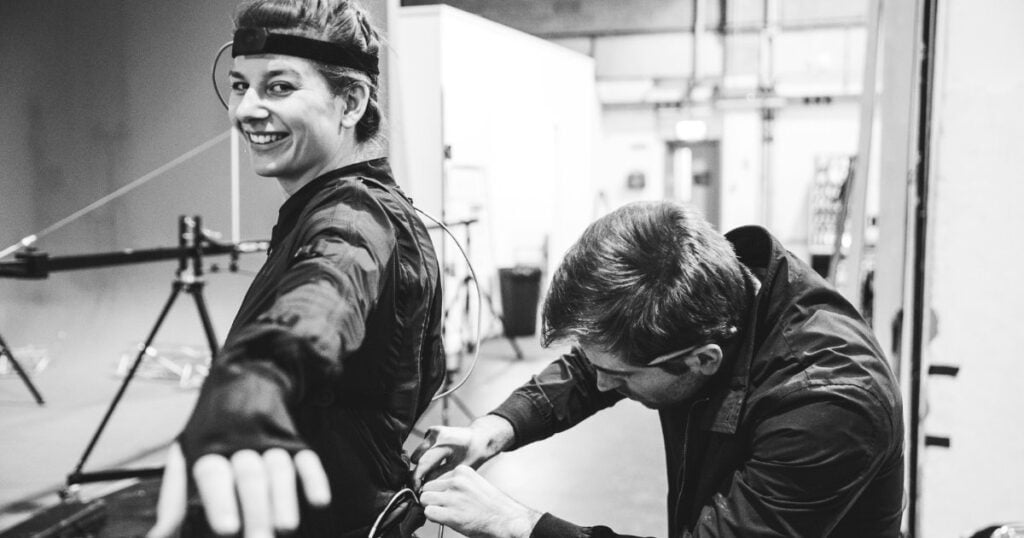Emerging Technologies in VFX


Diving into the future of visual effects (VFX), a field that’s always on the move with new tech popping up left and right. It’s a thrilling time for anyone in post-production, especially if you’re into the nitty-gritty of VFX work.
The Current State of VFX: Where We Are Now
Let’s kick things off with where we stand in the VFX universe today. We’re living in an era where the line between reality and digital creation is blurrier than ever. High-quality VFX isn’t just for the big studios anymore; it’s becoming more accessible to indie filmmakers and hobbyists alike. This democratization is thanks to more affordable software and powerful, yet user-friendly, tools. It’s a golden age for creators who can dream big without breaking the bank.
But it’s not all sunshine and rainbows. With great power comes great responsibility, and the challenge now is to keep pushing the boundaries of creativity while maintaining a balance with realism. Audiences are savvier than ever, and they can spot a shoddy effect from a mile away. So, we’re at this exciting but demanding crossroads where the expectation is to consistently deliver top-notch quality.
Technological Innovations: The Game Changers in VFX
Moving onto the tech side, we’re witnessing some real game-changers. Artificial Intelligence (AI) and Machine Learning (ML) are starting to play significant roles in VFX. Imagine software that can learn your style and assist in creating complex scenes, reducing hours of manual labor to mere minutes. It’s not sci-fi anymore; it’s happening right now.
Another big wave is Virtual Reality (VR) and Augmented Reality (AR). These aren’t just for gaming anymore. In VFX, they’re opening up new realms of possibilities for storytelling and immersive experiences. Think about not just watching a scene but being in it, interacting with environments in ways that were once only possible in our imaginations.
How These Advances Affect Post-Production Workflows
These technological leaps aren’t just cool toys; they’re reshaping our workflows in post-production. With AI and ML, for instance, we’re seeing a shift towards more automated processes. This doesn’t mean robots are taking our jobs, but they’re definitely making them easier. Tasks like rotoscoping or color grading can be streamlined, giving artists more time to focus on the creative aspects.
And let’s talk about collaboration. With cloud-based platforms and better connectivity, we’re no longer confined to working in silos. Teams can collaborate from different corners of the globe in real-time. This connectivity is not just a convenience; it’s a necessity in today’s fast-paced, deadline-driven industry.
The Future of VFX: Predictions and Possibilities
So, what’s next on the horizon for VFX? Well, the future is looking incredibly bright and a tad unpredictable. We’re likely to see further integration of AI in creative processes, maybe even AI-driven storytelling. Could an AI someday direct a movie? It’s not as far-fetched as it sounds.
And let’s not forget the potential of immersive technologies like VR and AR. They could redefine cinematic experiences, blurring the lines between movies and interactive media. The day might come when you don’t just watch a movie; you live it. Whatever the future holds, one thing’s for sure – it’s going to be a wild ride for anyone in the post-production world.
We’ve journeyed through the current state and future possibilities of VFX, touching on key technological advancements and their impact on post-production workflows. From AI and ML revolutionizing the way we work to VR and AR reshaping our storytelling methods, it’s an exciting time to be in the field. We wrapped up with a teaser inviting readers to explore the thrilling world of horror movie VFX, offering a glimpse into another fascinating aspect of our industry.

Responses